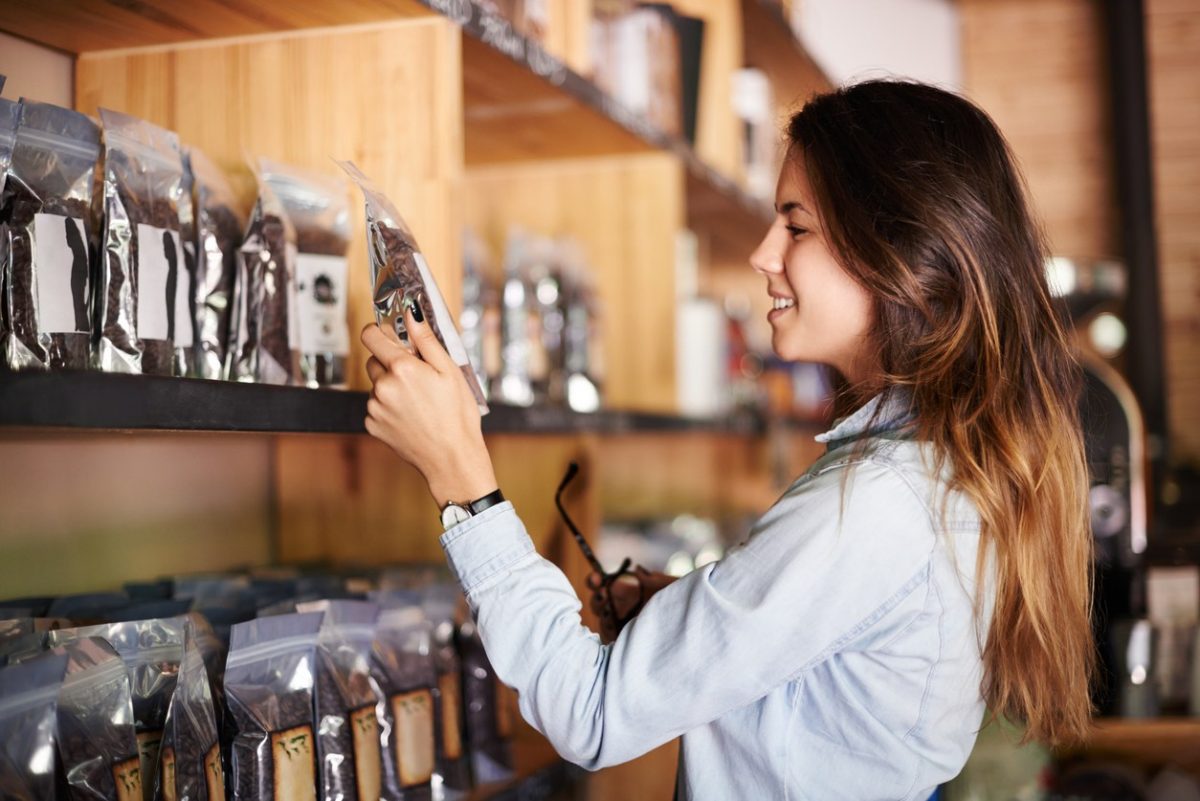A common misconception among consumers as well as vendors is that pouchpackaging must be biodegradable in order to be sustainable. However, as pouches are not and should not be biodegradable – we’ll explain why below – those consumers and vendors wrongly assume that pouches are not eco-friendly by a long shot. Read on to learn why pouch packaging is sustainable as long as it’s recyclable.
A recyclable packaging format
First things first: yes, pouch packaging is indeed recyclable! And we’re talking all types here, from coffee bags to the kind that comes with a drinking straw. Contrary to what many believe, the lamination (which provides all the essential barrier properties) does not affect the recyclability of the pouch at all. Just like plastic bottles and containers, pouches are eventually pulverized into tiny pellets which are then used as raw material for new plastic packaging formats. How will pouch packaging fare amid the anti-plastics trend?
Biodegradable pouch packaging doesn’t exist
Then why is nobody making biodegradable pouch packaging, you ask? Because it is simply impossible to do so. Or better said, it is possible but it’s also asking for trouble. Pouches, after all, are useless if they’re unable to protect products from sunlight, moisture and contaminants. And what does it take to break down biodegradable packaging? That’s right. Sunlight, moisture and contaminants.
Why not go the extra mile?
There are recyclable pouches and then there are recyclable pouches. If you really want to go the extra mile and do your bit to help the environment, compare your options carefully as not all recyclable pouches are equally sustainable. For one, not all manufacturers operate in an energy-efficient manner. What’s more, some use more materials to make pouches than others – the less materials involved, the less energy is required for production. Inspired by ABC Packaging Direct

